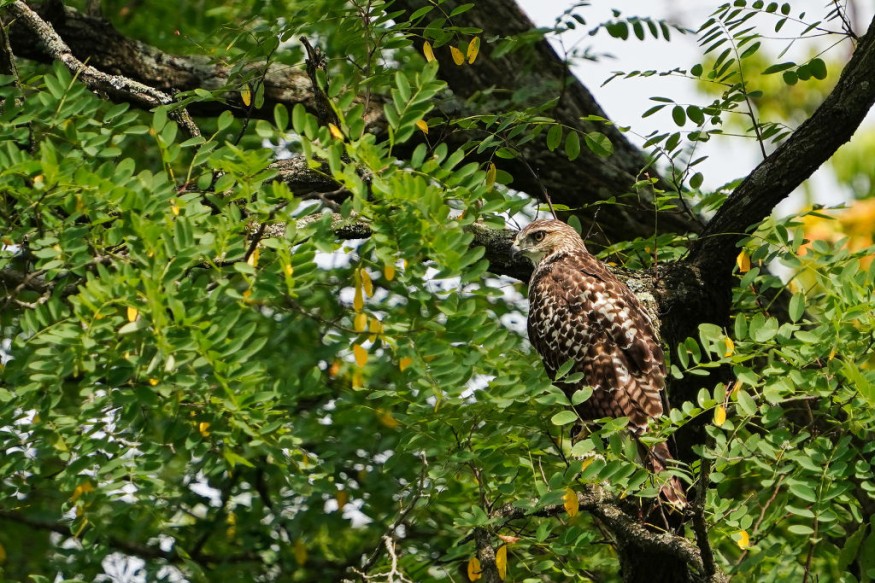Wild animals have co-existed with humans in the cities and urban areas despite it has been challenging for them to survive amidst threats of deforestation, climate change, commercialization and extreme weather events.
Animals move to cities because their habitats are threatened, attacked, or lost. Commercialization has encroached on their habitats, and they have seen in cities to survive, from rabbits, squirrels and many more.
When wild animals accidentally migrate to cities, it is likely habitats are threatened by extreme weather events and human activities. As a result, the term urban wildlife has become a common term, showing the life of animals being adapted to cities and urban areas.
Monitoring urban wildlife is essential to understanding the migration of animals into suburban areas. Cities have employed ways to return wild animals to wildlife, but they have kept on turning.
Animals Coexist with Humans in the City

The increasing concerns of urban wildlife have also alarmed experts and scientists. Climate change and intensifying temperatures have contributed to the problem, resulting in unprecedented migration of animals.
In some cases, animals in the city are also protected and monitored. Researchers and zoos brought animals into human captivity to save them from the brink of extinction or population decline. They help to reproduce several species amidst threats of extinction.
In Australia, zoo conservation has helped prevent the extinction of many animals, including the Arabian Oryx, California Condor, Przewalski's Horse, Bongo and Corroboree Frog.
However, animals adapted to wildlife can lose their ways of hunting if they become dependent on food from humans. Meanwhile, animals traveling to deep urban areas can be a risk of attacks, vehicle collisions and injuries. They can likely become stuck in plastic or equipment.
People can likely hurt wild animals when they encounter one. Domestic dogs can assault animals when they are seen in residential areas. On the other hand, the said animals can attack humans if they become aggressive.
However, wild animals have survived in urban areas by avoiding interaction with humans. Birds can likely nest in taller buildings or trees in the cities to avoid being destroyed.
Conservationists have also monitored different animals like birds to ensure that they are protected and prevented from human attacks. In some instances, they are captured and freed into wildlife-protected areas.
Commercialization and Habit Loss: How They Threaten Wildlife?
Habitat loss has been an alarming threat to wildlife exacerbated by climate change. Animal habitats are crucial for many animals, serving as a place for protection, reproduction and foraging behavior.
Urgent efforts are needed to protect their habitats from threats and predation, recent reports showed.
Related Article : Animal's DNA Footprint Helps Monitor Elusive Polar Bears in Arctic
For more similar stories, don't forget to follow Nature World News.
© 2025 NatureWorldNews.com All rights reserved. Do not reproduce without permission.





